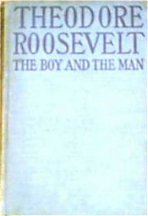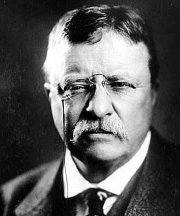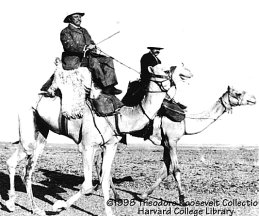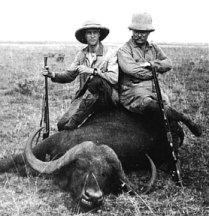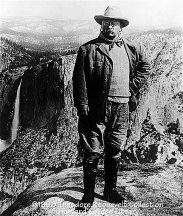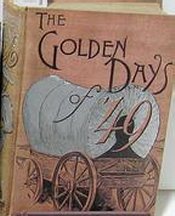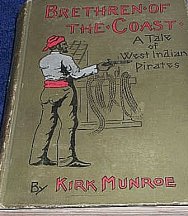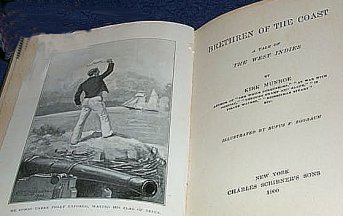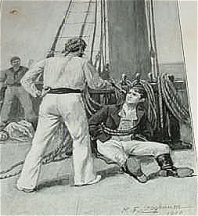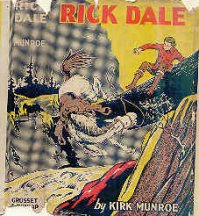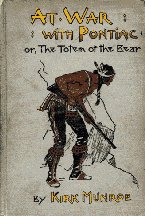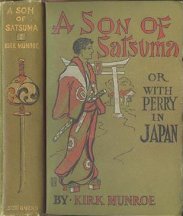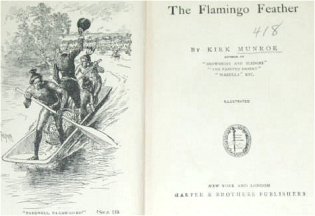Isla May Mullins: Wife of author:
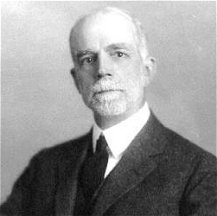 Edgar
Young Mullins Edgar
Young Mullins
(b. Franklin County, Miss.,
Jan. 5, 1860; d. Louisville, Ky., Nov. 23, 1928). Minister, seminary president,
and professor. Son of Seth Granberry and Cornelia Blair (Tillman) Mullins,
he moved with the family to Corsicana, Tex., when he was eight years of
age. His minister-teacher father, a Master of Arts graduate of Mississippi
College, encouraged each of the nine children to obtain an education. When
Mullins was born, following the birth of three daughters, his father and
mother dedicated him to God with the prayer that he might become a minister.
Helping to pay expenses for his sister's college education, he worked while
attending grade and high school and became an expert telegrapher with a
man's pay at 15. After obtaining his basic college education at Agricultural
and Mechanical College of Texas from 1876 to 1879, Mullins worked as telegraph
operator while accumulating funds for his anticipated preparation for the
practice of law.
Under the preaching of William
Evander Penn, a notable Baptist evangelist, Mullins was converted in a
revival meeting in Dallas, Tex., and was baptized by his father at Corsicana,
Nov. 7, 1880. After feeling called to the ministry a few months later,
he entered Southern Baptist Theological Seminary in the fall of 1881, and
he was elected by the student body as manager of the mess hall at the close
of his first year, a position he continued to fill until his graduation
in 1885. At his physician's advice, Mullins gave up his commitment to foreign
mission service in Brazil and accepted a call to the pastorate of Harrodsburg
(Ky.) Baptist Church. Soon after, on June 2, 1886, he married Isla May
Hawley of Louisville, by whom he had two sons, both of whom died at an
early age. From the Harrodsburg church Mullins was called to the pastorate
of Lee Street Baptist Church, Baltimore, Md., in 1888, where he served
for seven years. He then accepted the position of associate secretary of
the Foreign Mission Board, Richmond, Va., but felt unsuited for the task
although deeply devoted to foreign missions, and almost immediately became
pastor of the Baptist church at Newton Center, Mass., where he served from
1895 to 1899. This pastorate especially appealed to Mullins, since it was
the home of Newton Theological Institution and near Harvard, Wellesley,
and Brown. For three years the challenge of this situation prepared Mullins
for his call in 1899 to become president of Southern Baptist Theological
Seminary.
The election of Mullins to
the presidency of the seminary came unexpectedly and without his knowledge
or consent. He succeeded William Heth Whitsitt, president from 1895 to
1899. Whitsitt had resigned under pressure in the midst of a bitter controversy
over "a question in Baptist history." Mullins, as the new president, became
professor of theology as well as executive head of the institution. His
brilliance as teacher and writer, his administrative ability, and his firm
but conciliatory attitude soon won the confidence of all and gave him a
place of leadership in the denomination. He served as president of the
Southern Baptist Convention from 1921 to 1924, and as president of the
Baptist World Alliance in 1928.
Under Mullins' guidance,
the seminary faculty increased from six to 12 professors, and enrolment
from 256 to 501. He increased seminary endowment from $464,428.64 in 1899
to $1,803,768.09 in 1928, and largely through his own efforts made possible
the endowment of the James Buchanan Harrison Chair of New Testament Interpretation
and the Chair of Sunday School Pedagogy. He organized and promoted a building
campaign for the removal of the seminary from its overcrowded downtown
site to its present spacious campus of 58 acres known as The Beeches, with
its Georgian buildings valued on completion in 1926 at $2,061,118.24.
In addition to numerous articles
for the press, Mullins' published works include Why Is Christianity True?
(1905); The Axioms of Religion (1908); Baptist Beliefs (1912); Freedom
and Authority in Religion (1913); Commentary on Ephesians and Colossians
(1913); The Life in Christ; The Christian Religion in its Doctrinal Expression;
Talks on Soul Winning (1920); Spiritualism, A Delusion (1920); Christianity
at the Crossroads (1924).
|

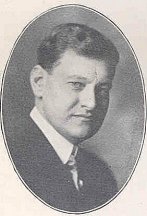 Orra
Eugene Monnette: (April 12, 1873-Feb. 23, 1936), banker and lawyer,
was born near Bucyrus, Crawford County. After attending Ohio Wesleyan Univesity,
he read law and practiced in Bucyrus, Toledo, and Los Angeles. He also
founded a bank in the Bank of America in Los Angeles which later merged
with the Bank of Italy to form what is today the modern Bank of America.
Monnette was also chair of the Los Angeles Public Library and guided that
institution during the 1920s and into the 1930s until his death in 1936.
Monnette's statue is housed in the rotunda of the Los Angles Public Library's
main downtown location. Monnette was the son of Mervin Jeremiah and Olive
Adelaide (Hull) Monnette. Married November 6, 1895, to Carrie Lucile Janeway.
Attended Bucyrus, Ohio, Union Schools, graduating in 1890; Ohio Wesleyan
University of Delaware, Ohio, graduating in 1895, classical course, with
the degree of A.B.; also special law course in the same institution in
1895; post-graduate work without degrees.
Orra
Eugene Monnette: (April 12, 1873-Feb. 23, 1936), banker and lawyer,
was born near Bucyrus, Crawford County. After attending Ohio Wesleyan Univesity,
he read law and practiced in Bucyrus, Toledo, and Los Angeles. He also
founded a bank in the Bank of America in Los Angeles which later merged
with the Bank of Italy to form what is today the modern Bank of America.
Monnette was also chair of the Los Angeles Public Library and guided that
institution during the 1920s and into the 1930s until his death in 1936.
Monnette's statue is housed in the rotunda of the Los Angles Public Library's
main downtown location. Monnette was the son of Mervin Jeremiah and Olive
Adelaide (Hull) Monnette. Married November 6, 1895, to Carrie Lucile Janeway.
Attended Bucyrus, Ohio, Union Schools, graduating in 1890; Ohio Wesleyan
University of Delaware, Ohio, graduating in 1895, classical course, with
the degree of A.B.; also special law course in the same institution in
1895; post-graduate work without degrees.
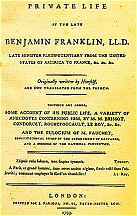
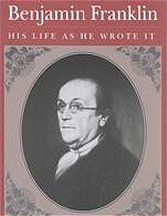
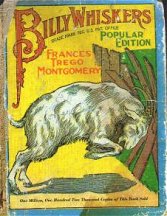
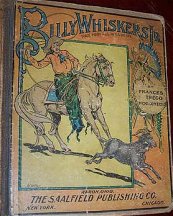
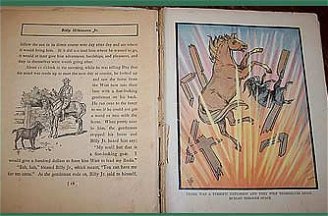
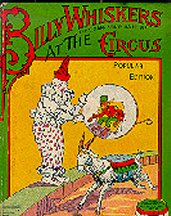
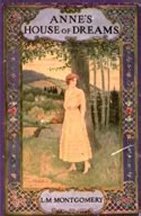
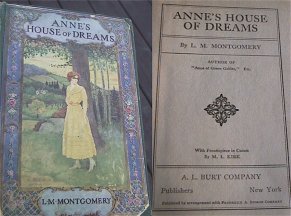
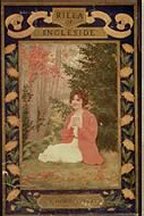
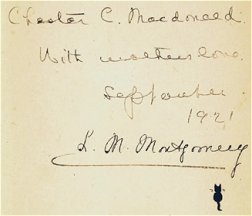
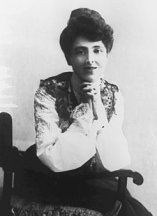 Lucy
Maud Montgomery was a Canadian writer, who became famous for her juvenile
books, especially ANNE OF GREEN GABLES (1908) with its six sequels. The
main character is a spirited, orphan girl, who finds a home with an elderly
brother and sister. Montgomery produced more than 20 novels and other
books. Anne of Green Gables was rejected by several publishers. She was
34 when it was finally accepted.
Lucy
Maud Montgomery was a Canadian writer, who became famous for her juvenile
books, especially ANNE OF GREEN GABLES (1908) with its six sequels. The
main character is a spirited, orphan girl, who finds a home with an elderly
brother and sister. Montgomery produced more than 20 novels and other
books. Anne of Green Gables was rejected by several publishers. She was
34 when it was finally accepted.

